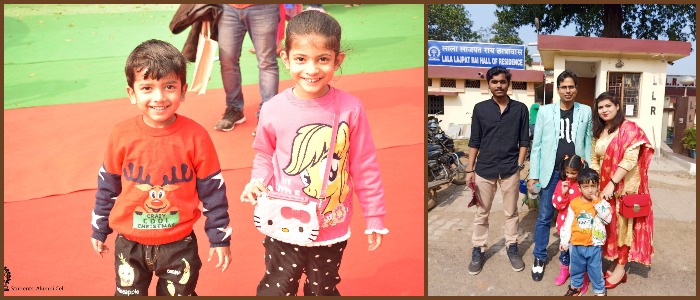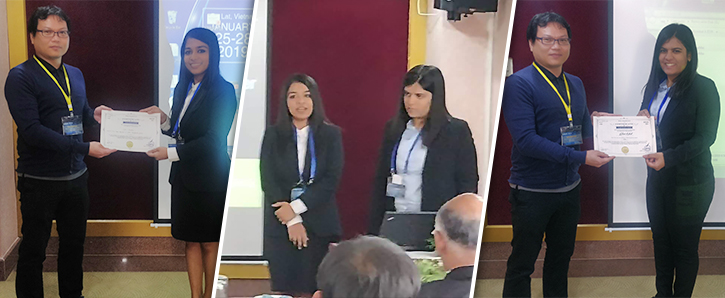
Appointment of our new Deputy Director- Prof Amit Patra
Indian Institute of Technology Kharagpur welcomes its new Deputy Director, Professor Amit Patra from the Department of Electrical Engineering. Prof Patra has assumed the charge as Deputy Director from June 30, 2021. The IIT Kharagpur Director, Prof Virendra Kumar Tewari affirmed, “As a Deputy Director, Prof Patra will provide academic and administrative leadership to the Institute in our ambition to become a pioneering institution of higher education, setting new global standard and academic benchmarks thus revolutionizing the education landscape in the country. I am sure, he will take the institute activities to newer heights”. Prof Amit Patra is an alumnus…


